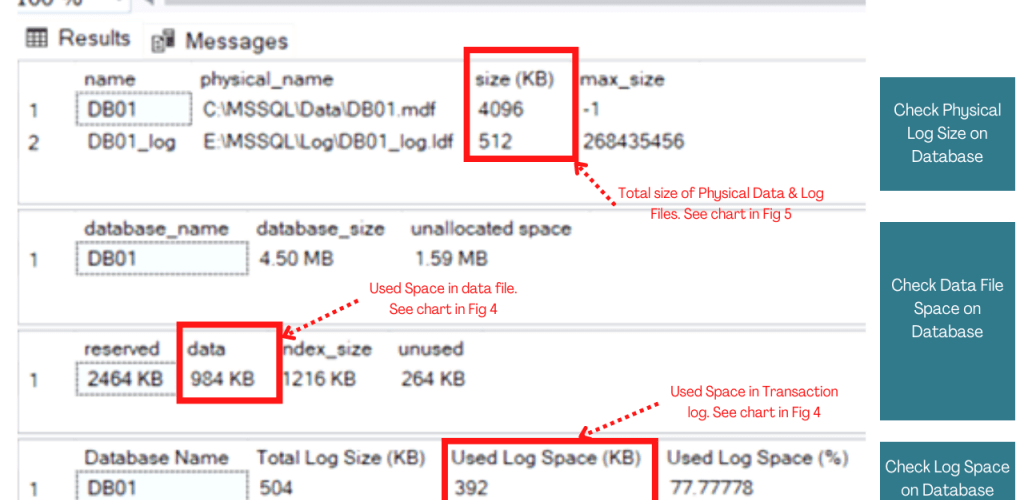Introduction
Relational databases are designed to track changes introduced to a database by data modification language (DML) commands. The fundamental reason for this construct is to ensure that changes are durable and that they can be rolled back reliably. The typical DML command used in SQL are INSERT, UPDATE and DELETE. When INSERT introduces new rows to a database table, the database engine must persist the activity physically in an efficient manner.
This means the change must be recorded quickly in a log file (log buffer first) while the actual data blocks are still in memory until a checkpoint occurs.


